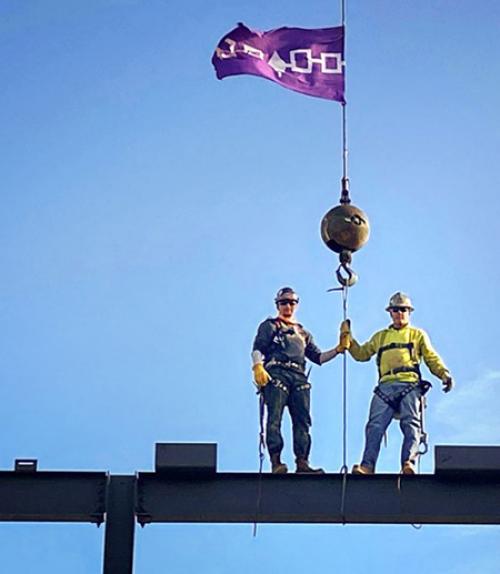
 Department Homepage
The College of Arts & Sciences
Department Homepage
The College of Arts & Sciences
Native ironworkers’ tradition continues on North Campus
For six generations, Mohawk ironworkers have “walked the steel.” Indigenous people began ironworking in the 19th century, when they were hired to build railroad bridges in Canada. They helped craft the New York City skyline, working on projects including the Empire State Building, the Chrysler Building and the World Trade Center.




